The Darkroom’s side by side photo comparison of CineStill 50D & 800T
This is Part 2 of a 2-part series on CineStill film – CineStill Photo Comparisons Part 1
Both CineStill 800T and 50D offer a new world of shooting opportunities. Each provides a cinematic look, making your images stand out, and you can’t go wrong there. Which film to choose will come down to the shooting environment you are going to be in.
![]() In part 2 of our CineStill series, we shot images with both 800T vs 50D for a side-by-side comparison. Using our image slider feature (look for the icon), you can visualize the characteristics of each film type.
In part 2 of our CineStill series, we shot images with both 800T vs 50D for a side-by-side comparison. Using our image slider feature (look for the icon), you can visualize the characteristics of each film type.
Cinestill 800T & 50D at box speed
All of these were shot at box speed. Both 800T and 50D have very good exposure latitude and in general color negative doesn’t do well with underexposure we recommend erring on overexposure when shooting Cinestill film. An Introduction to CineStill 800Tungsten Film, An Introduction to CineStill 50D Film
Cinestill 800T & 50D pushed 3 stops
Both Cinestill 800T & 50D are designed to be pushed up to 3 stops.
What is halation?
Halation is the reflection of bright points of light off of the film base and pressure plate causing a “glow” in the strong highlights on some images. This is most evident when light sources are in focus in the photograph. Halation is a common characteristic of classic black and white photography and in some aerial photographic emulsions. More Halation Examples



 My Account
My Account


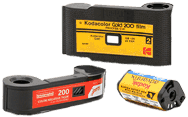
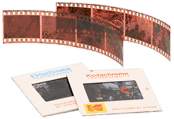
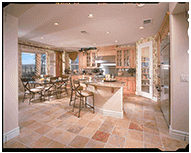

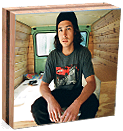
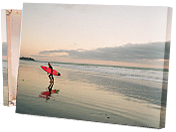

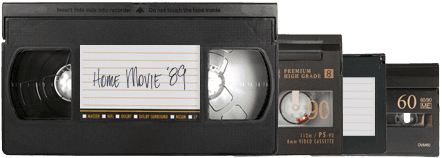
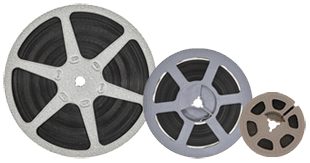
 Gift Cards
Gift Cards Film Index
Film Index FAQ
FAQ
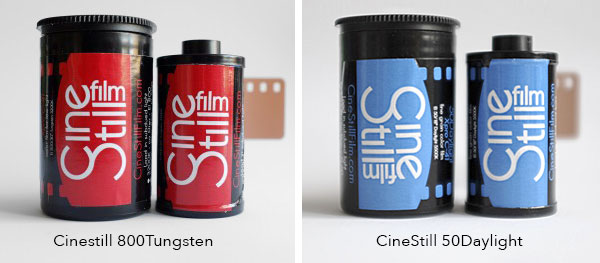
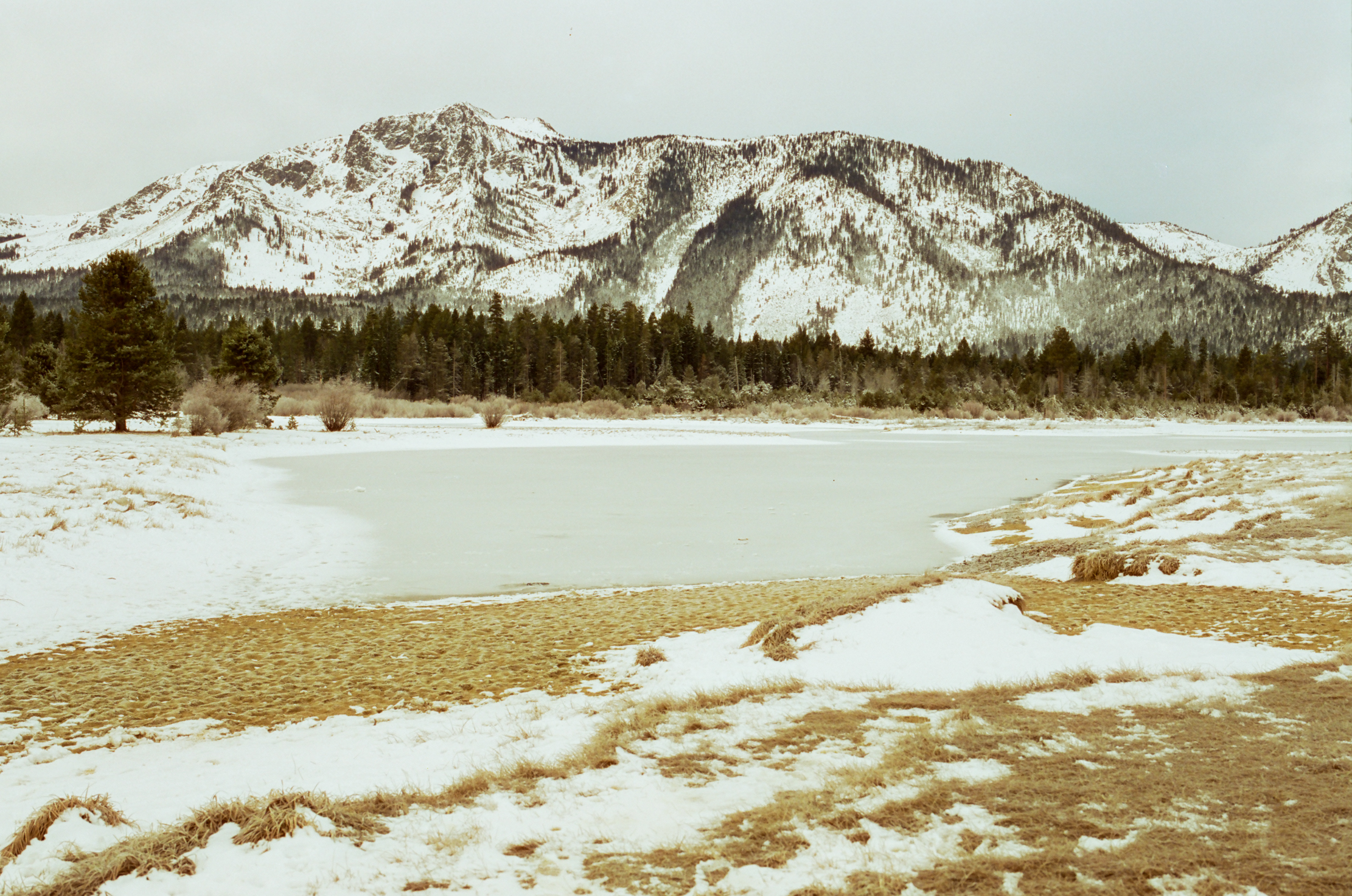
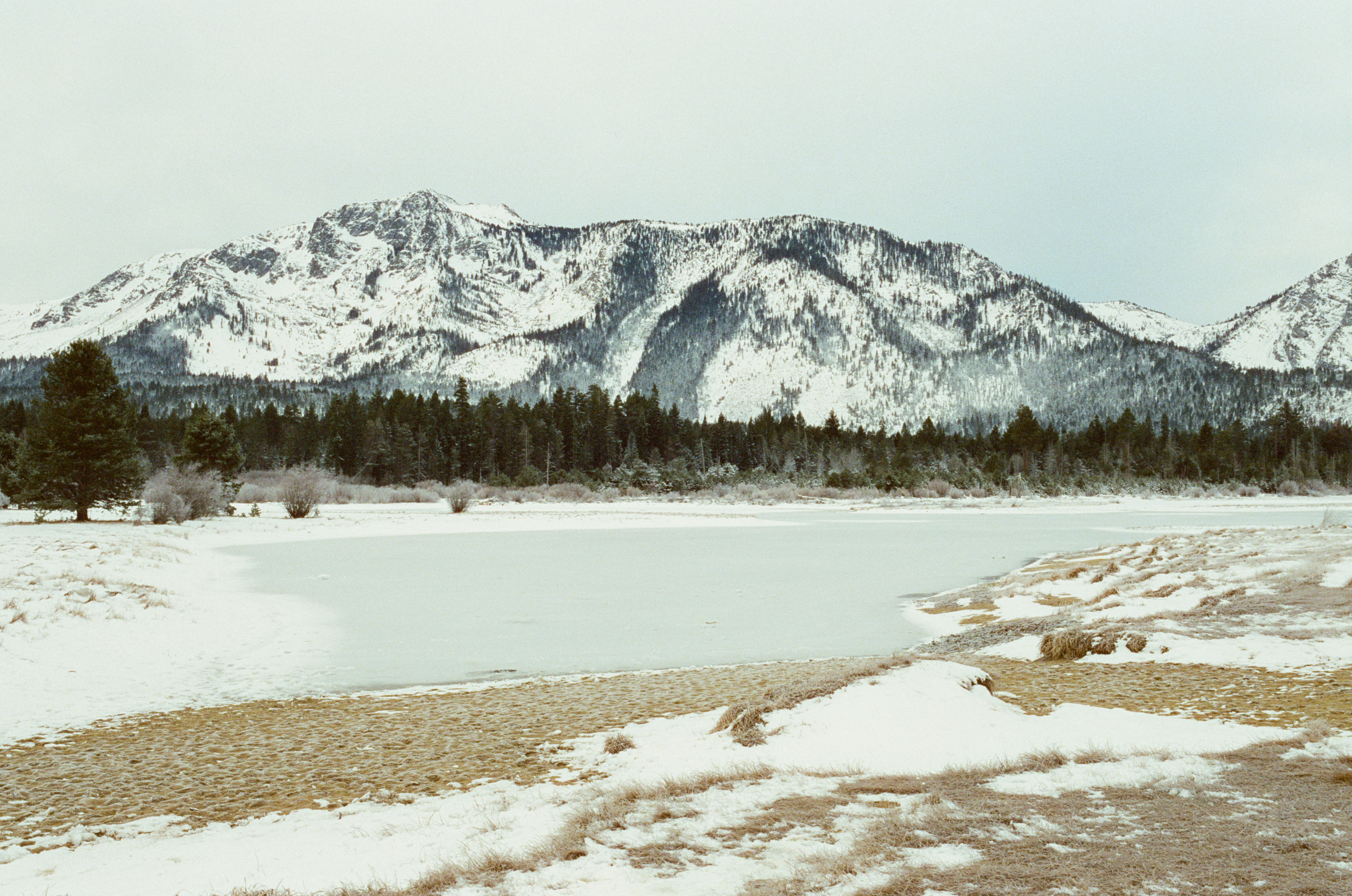


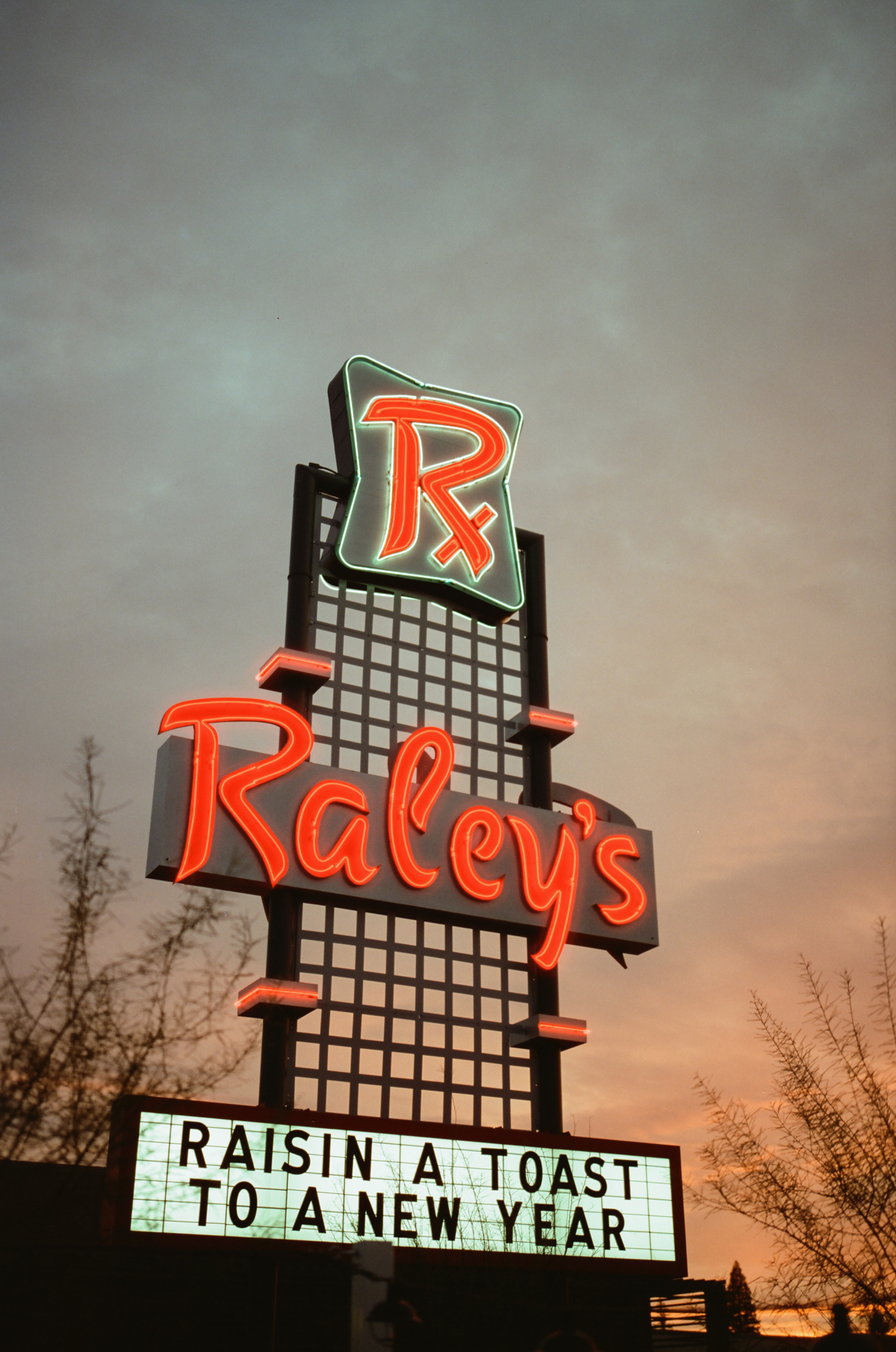
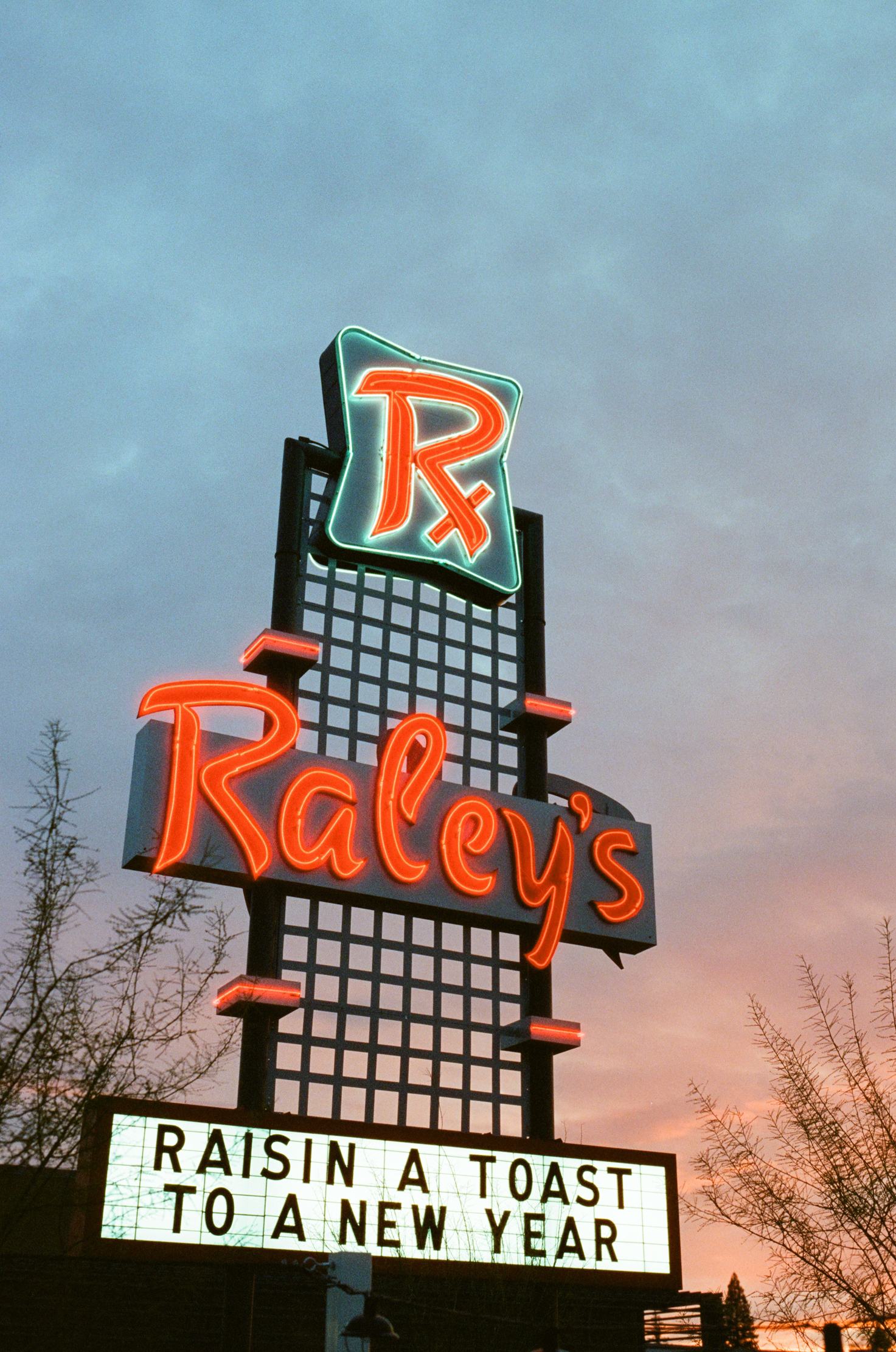
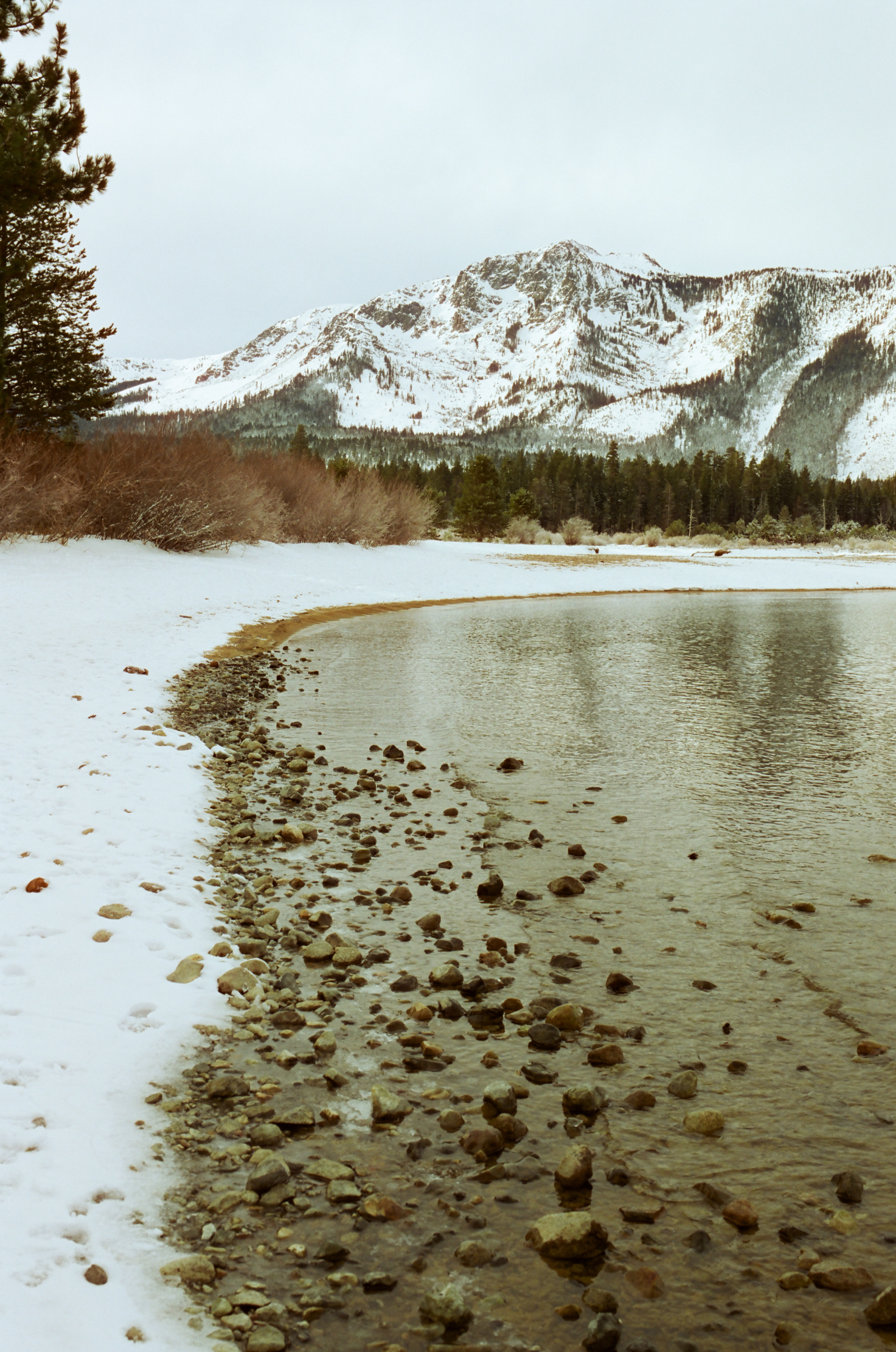



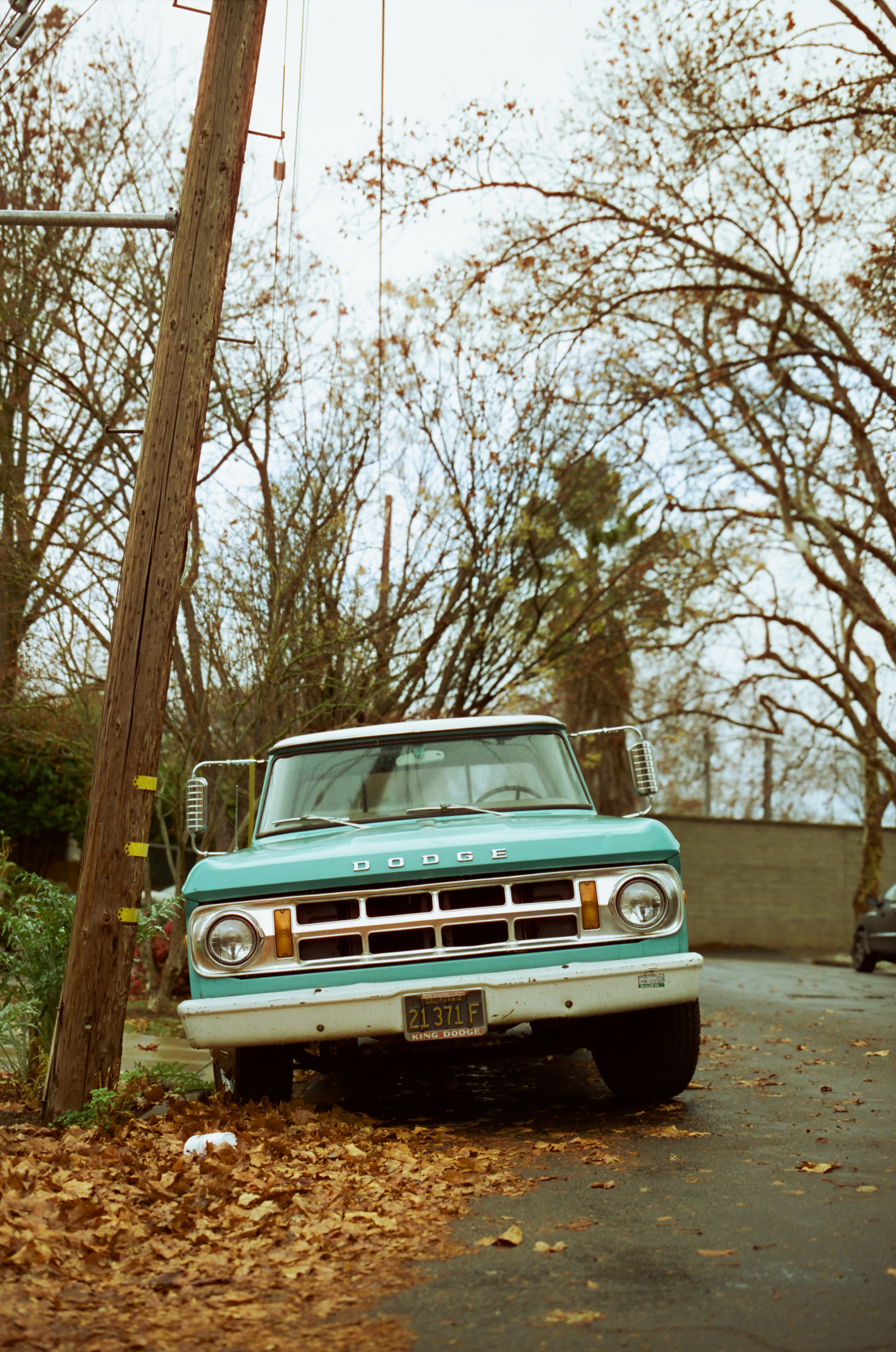
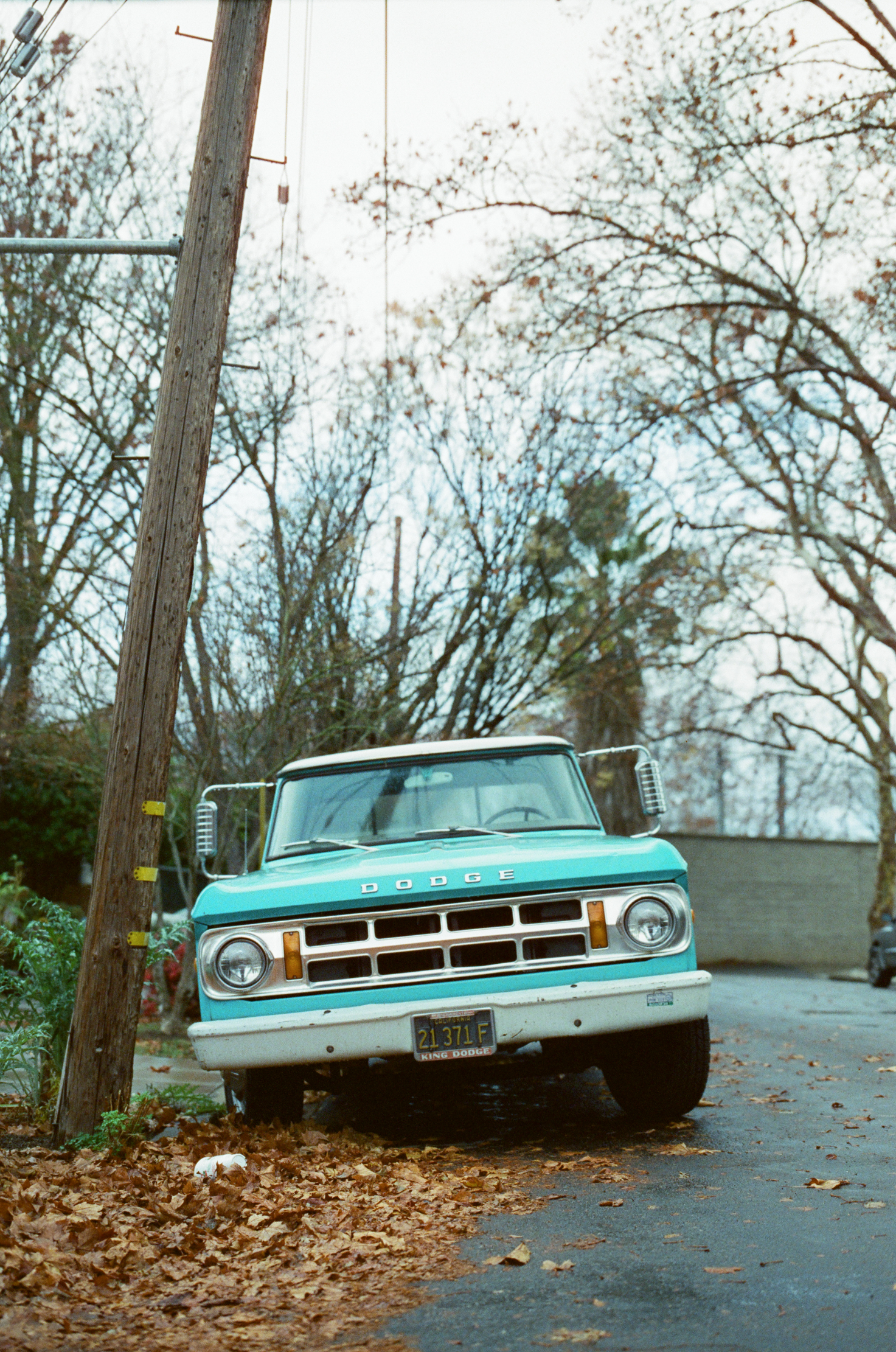


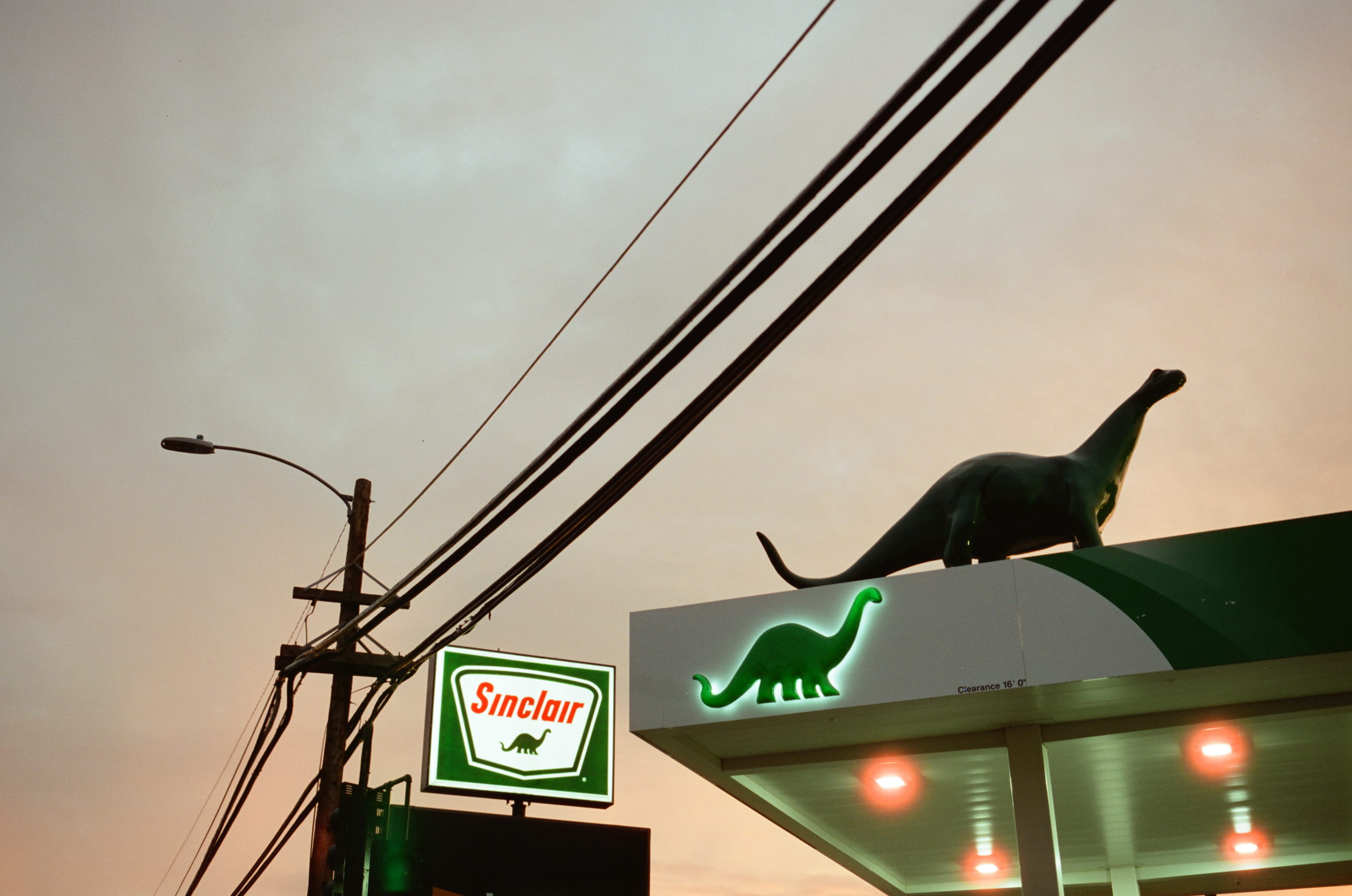
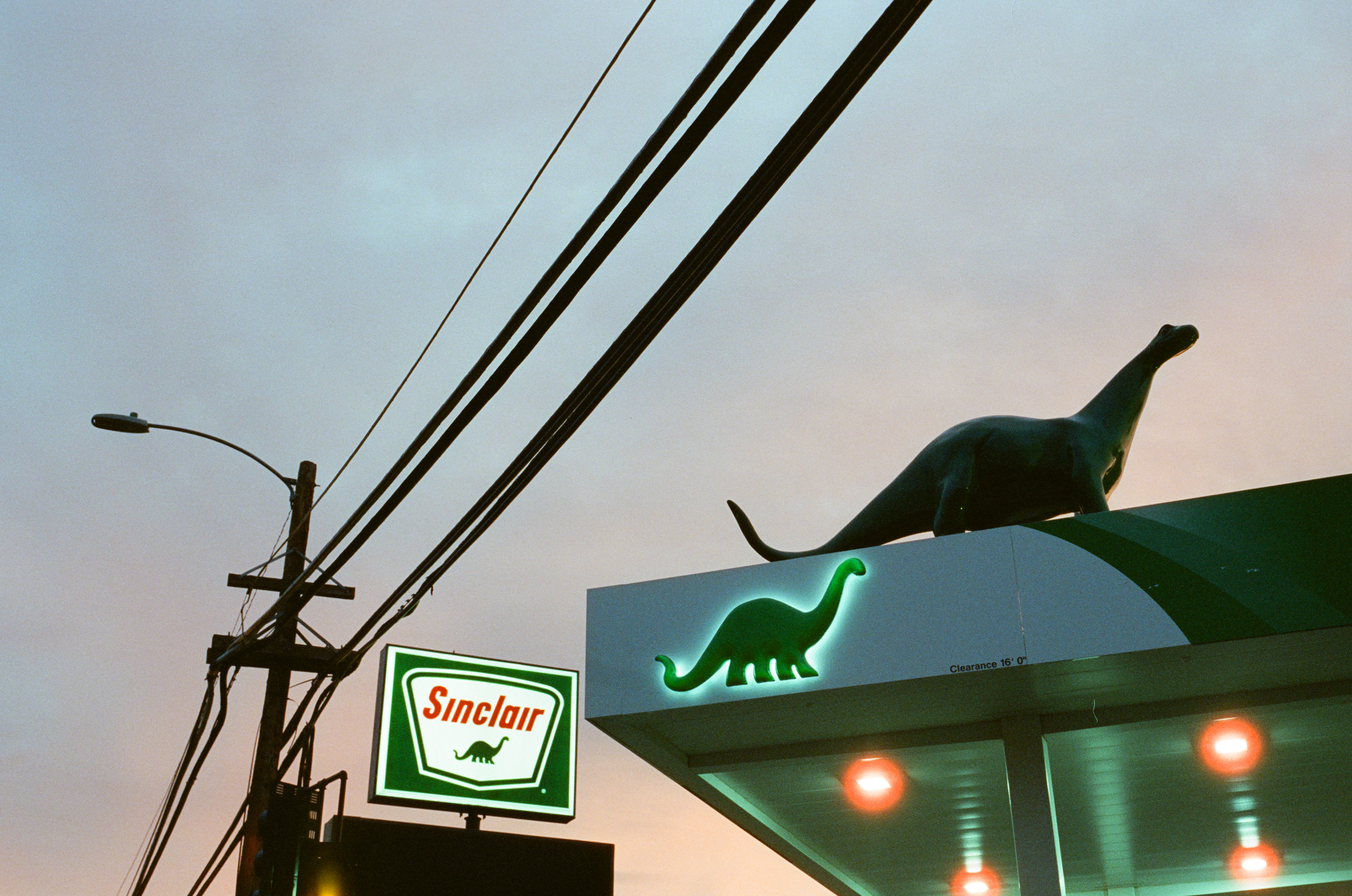




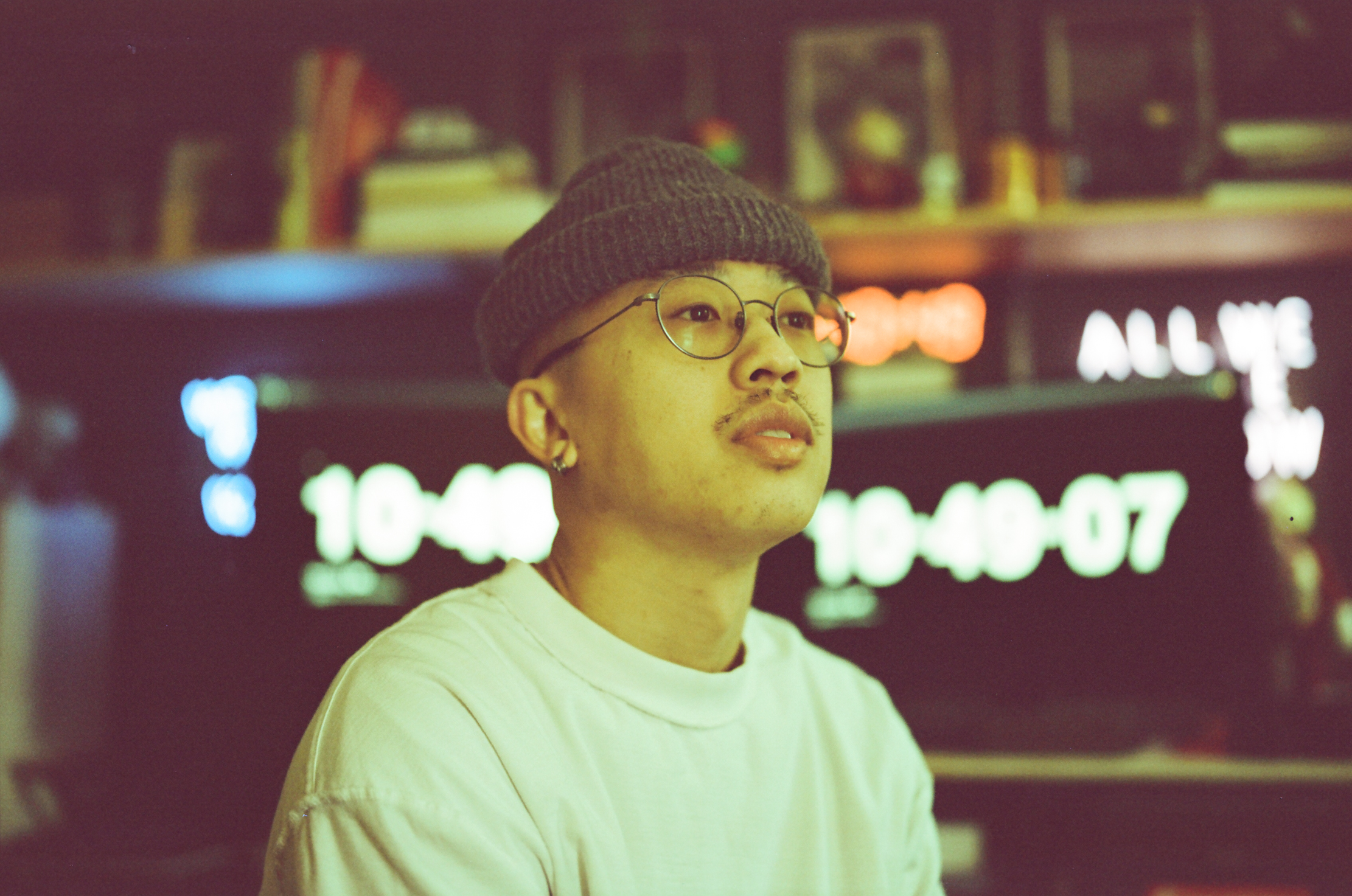

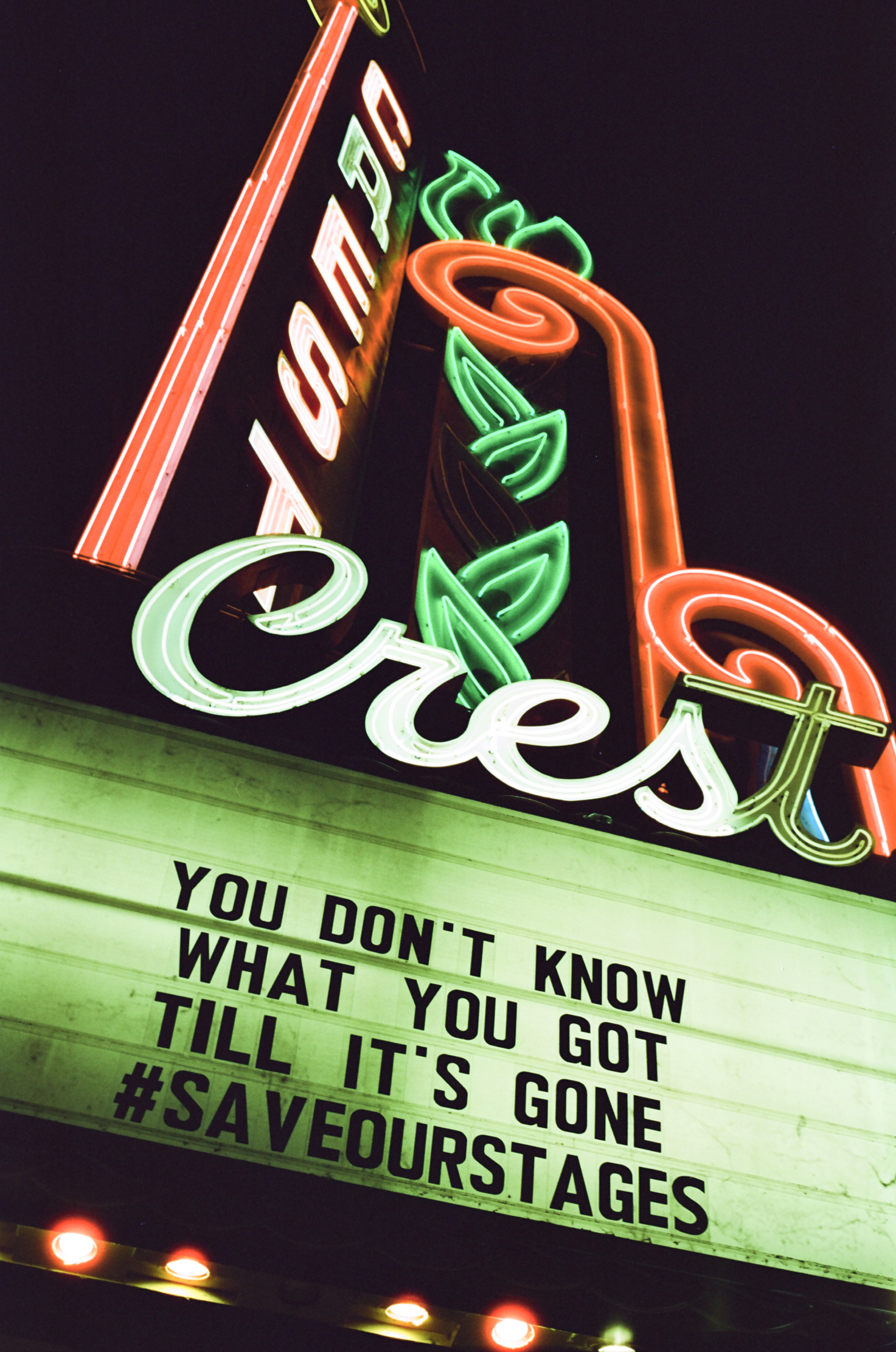
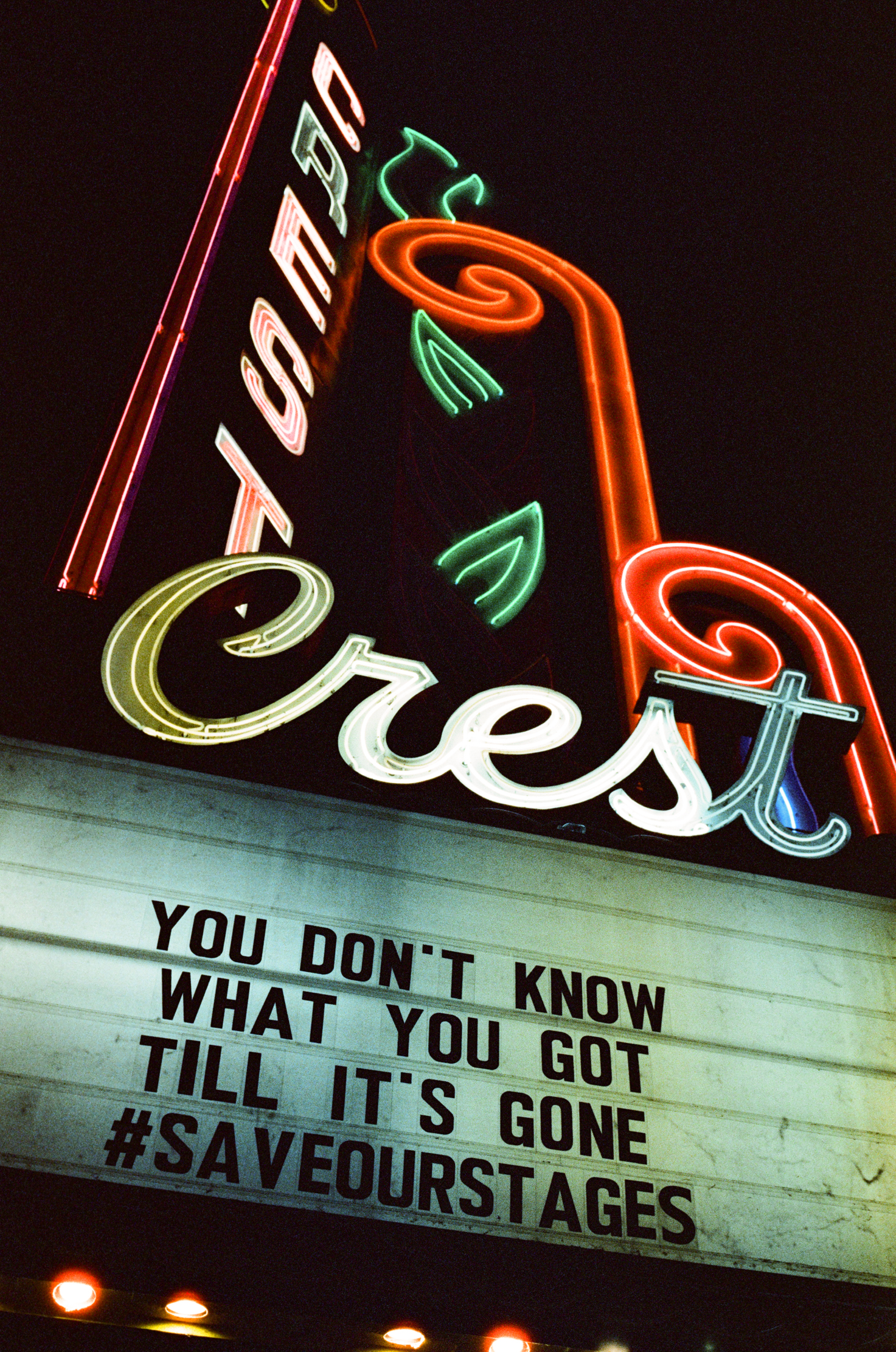
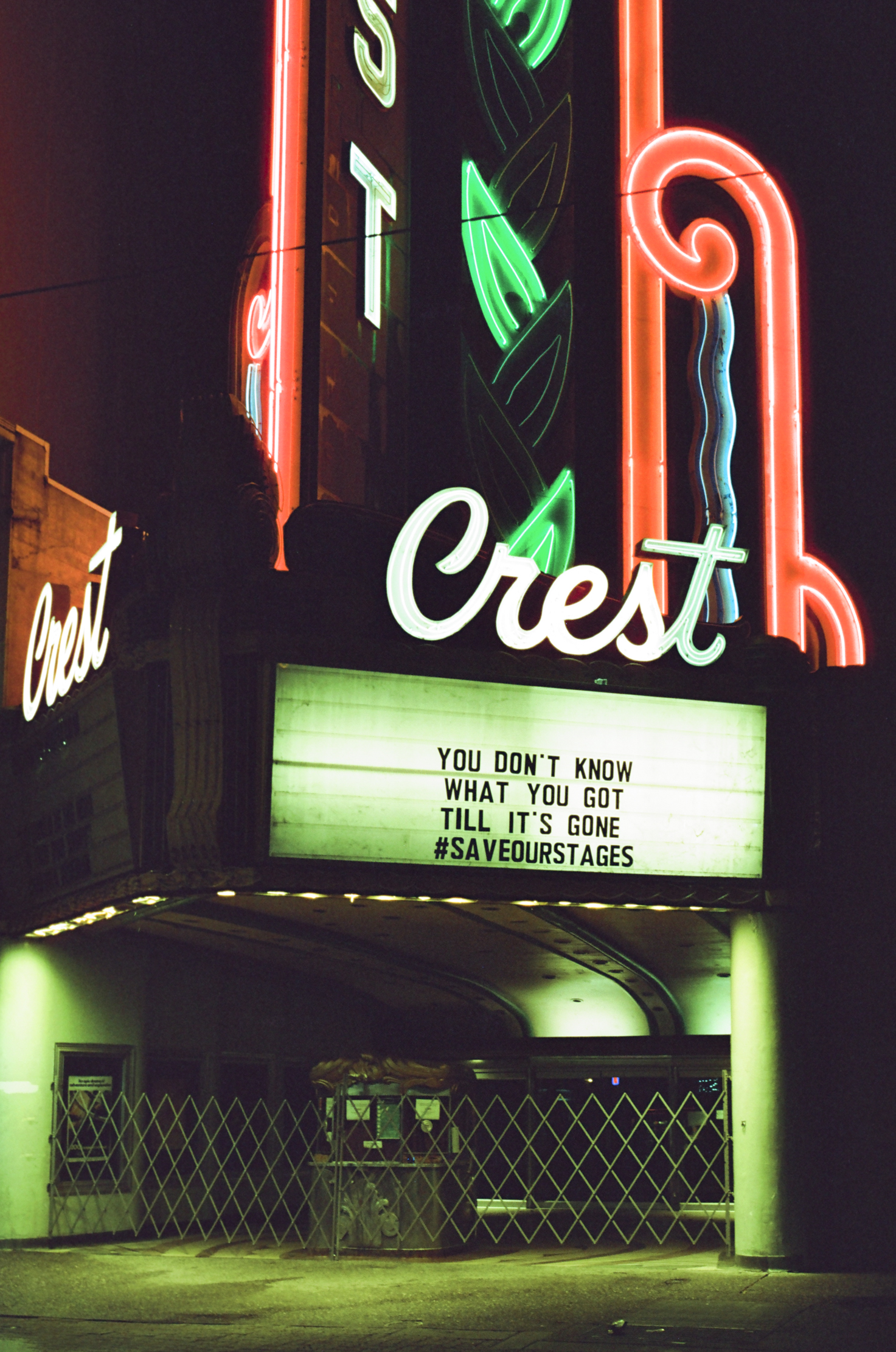
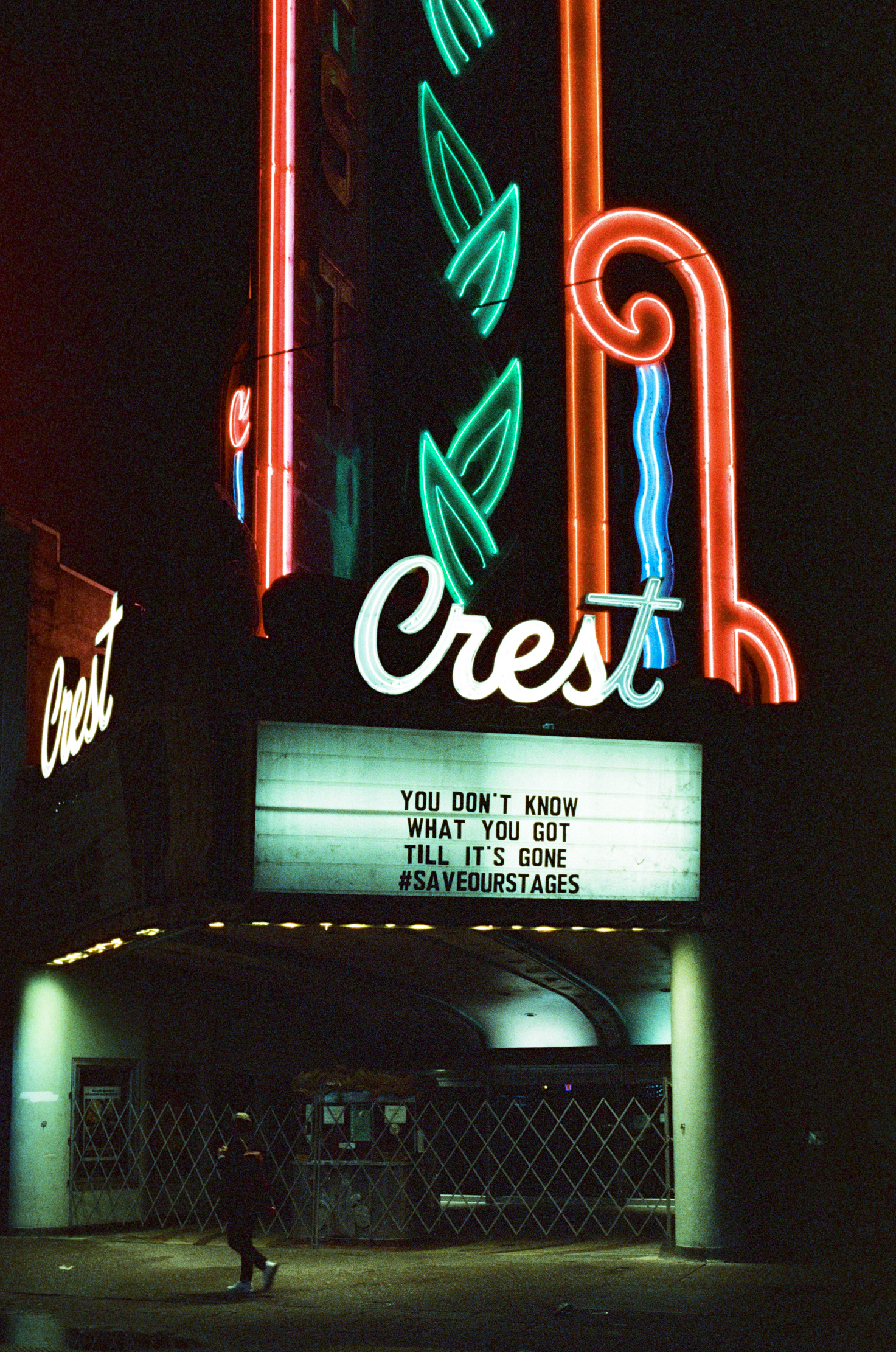
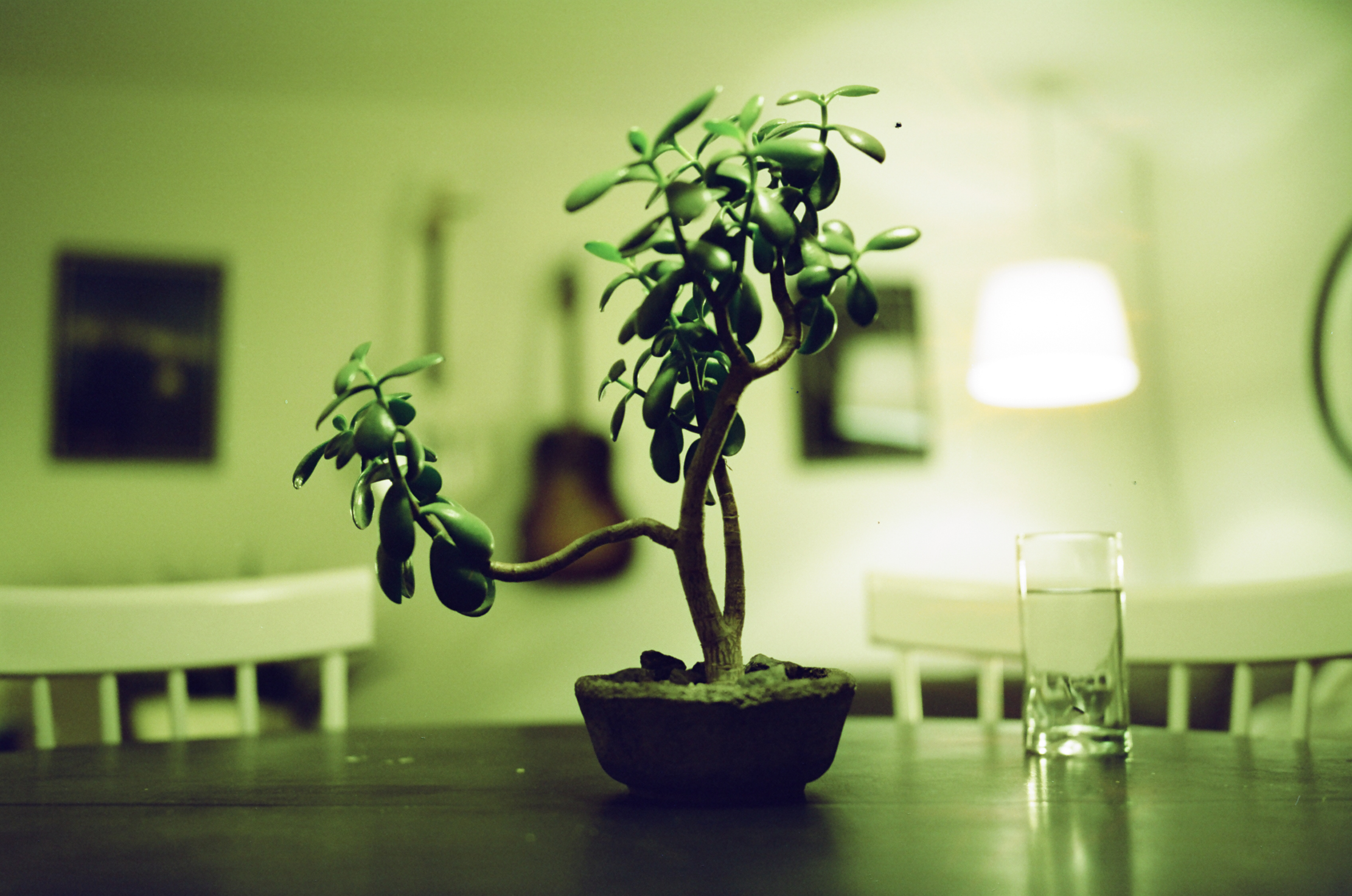
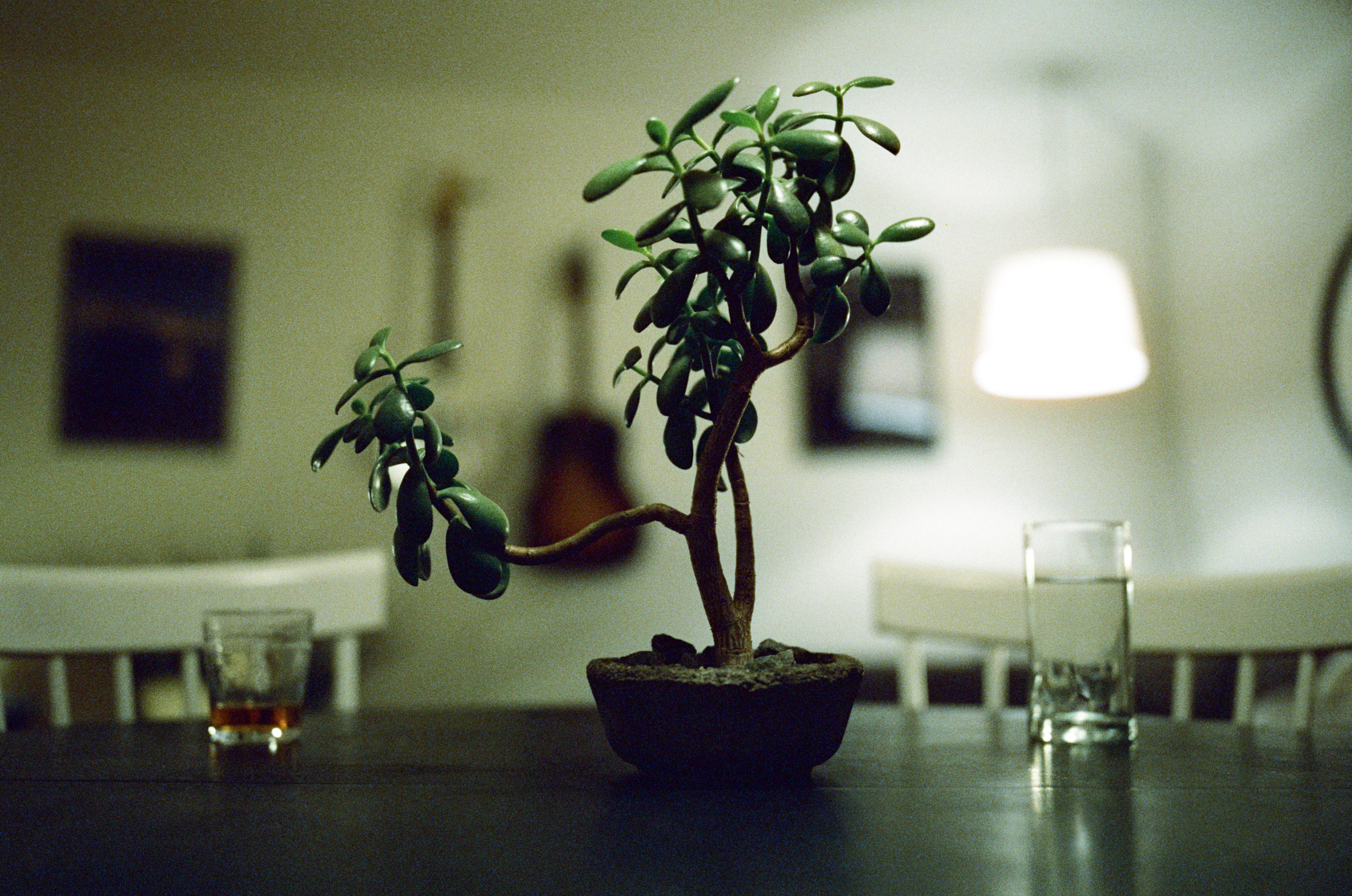
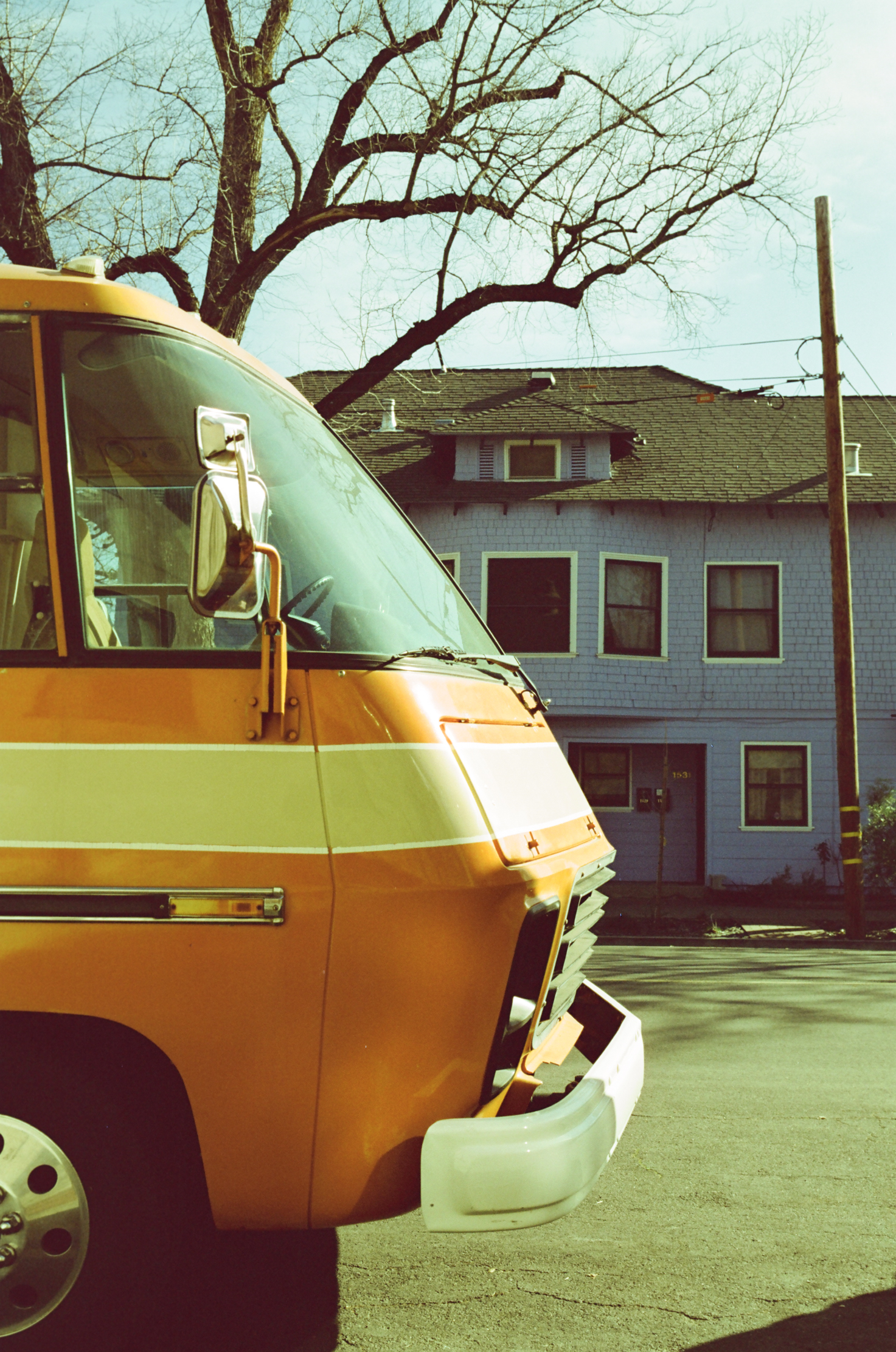

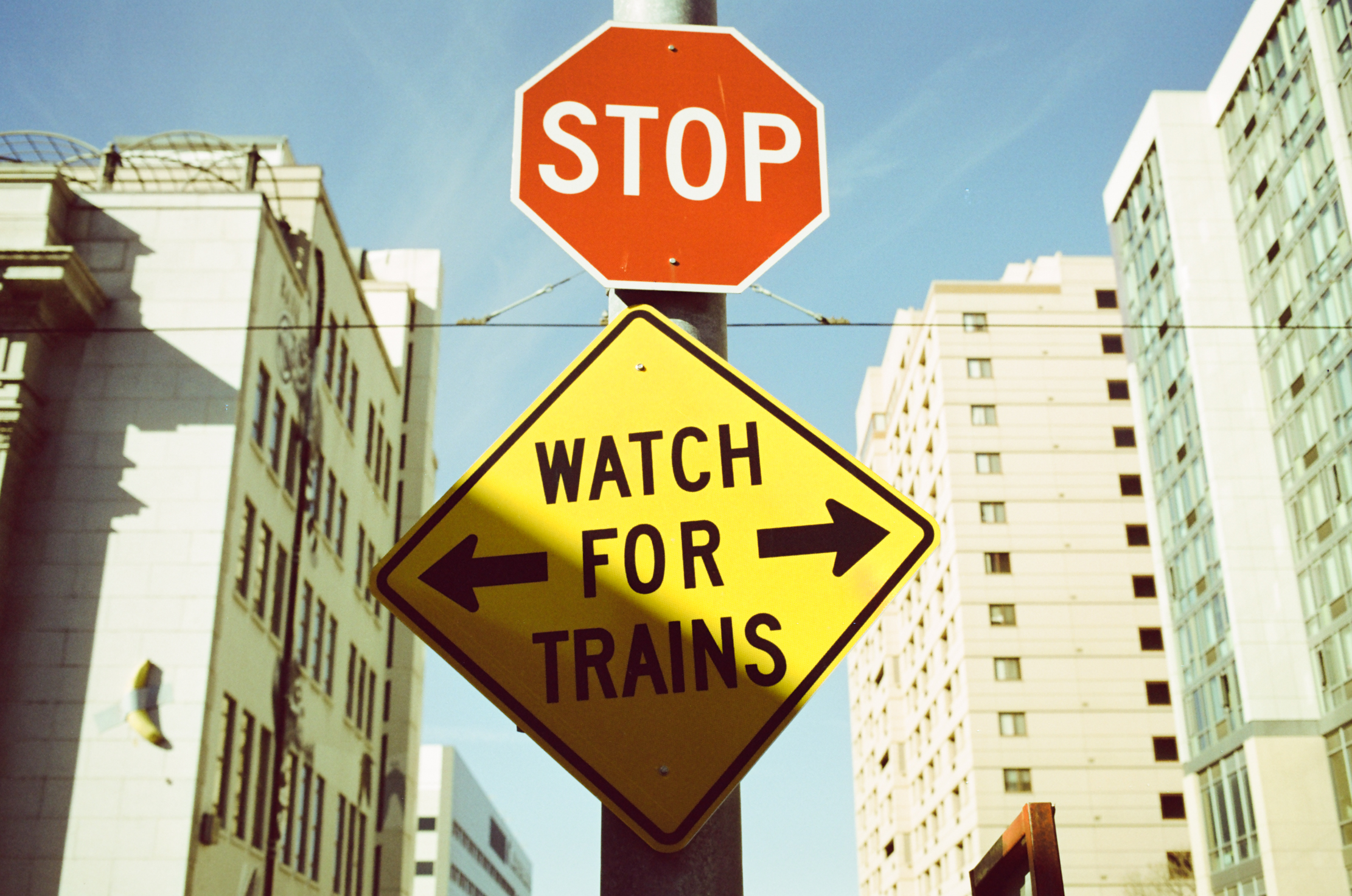
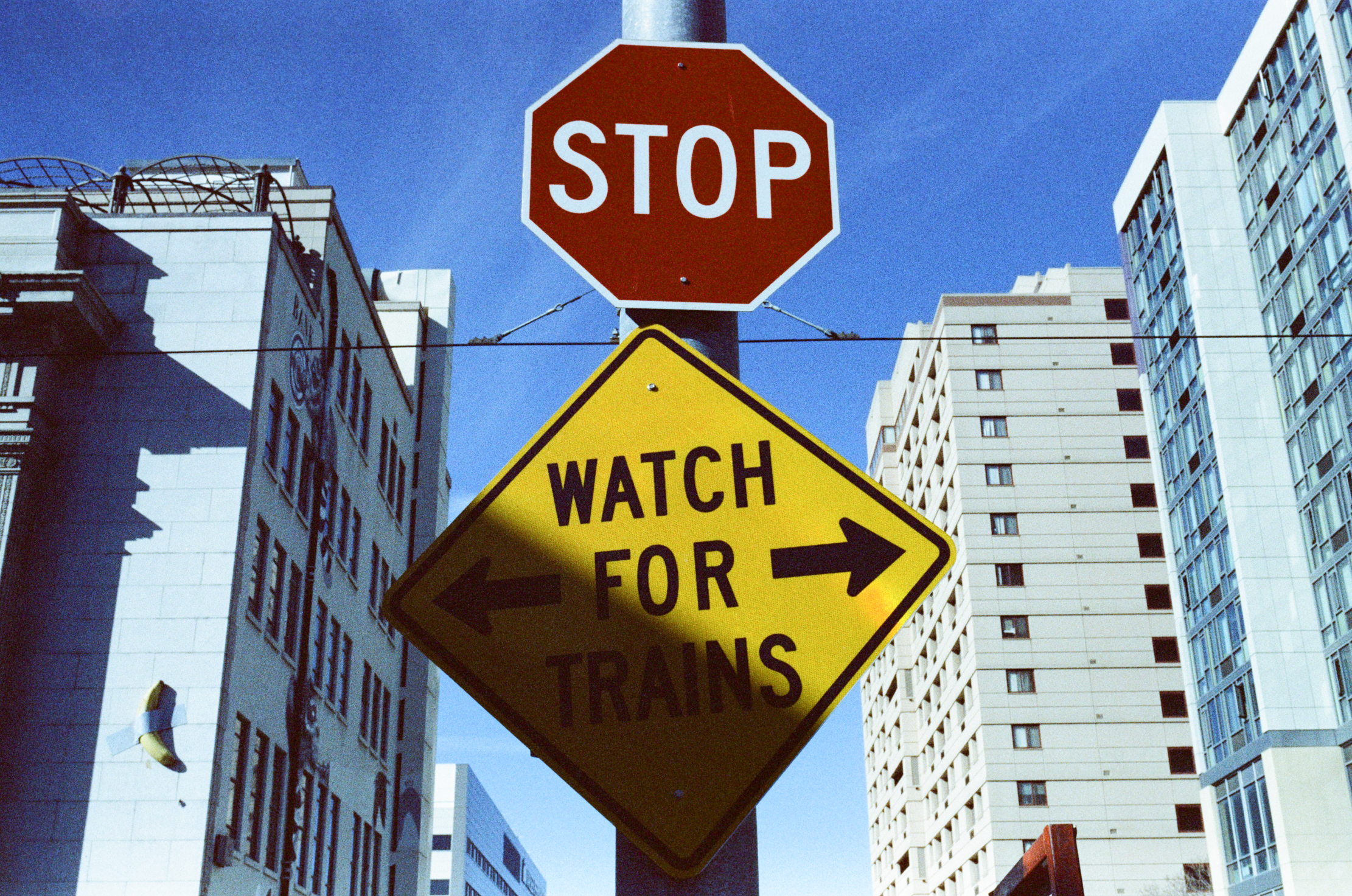
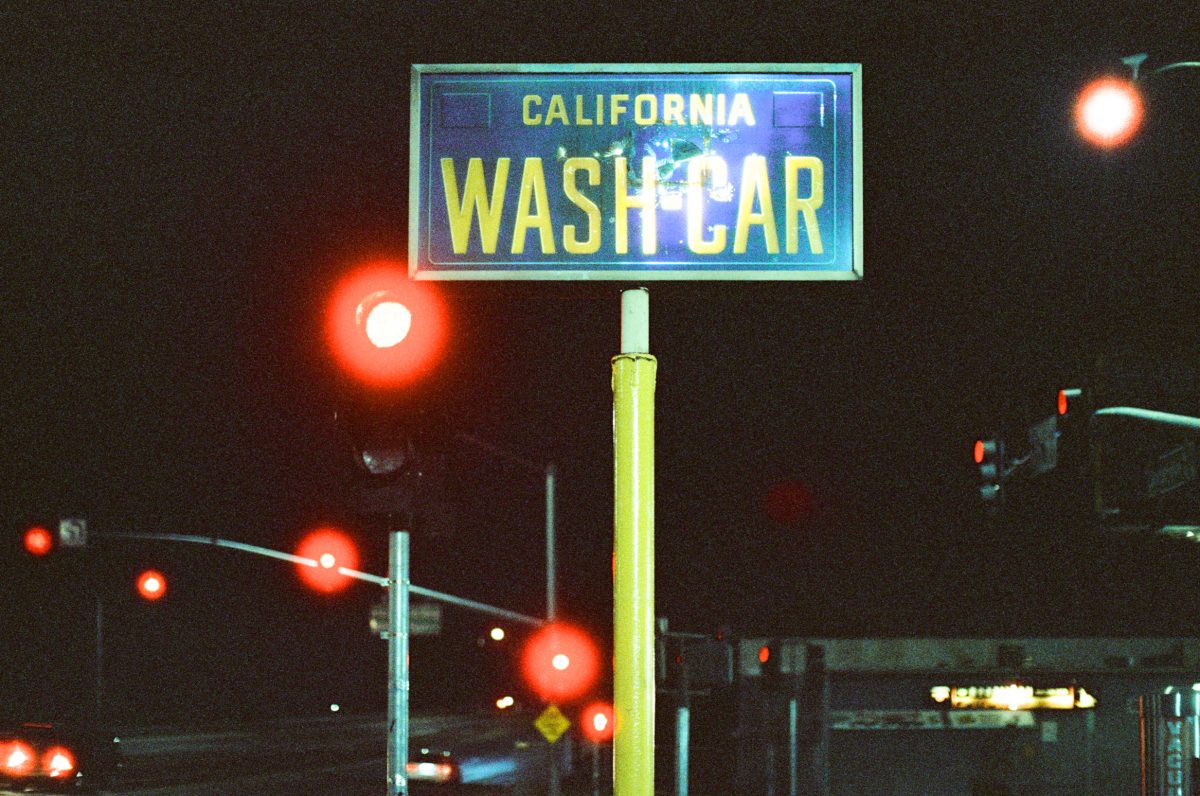
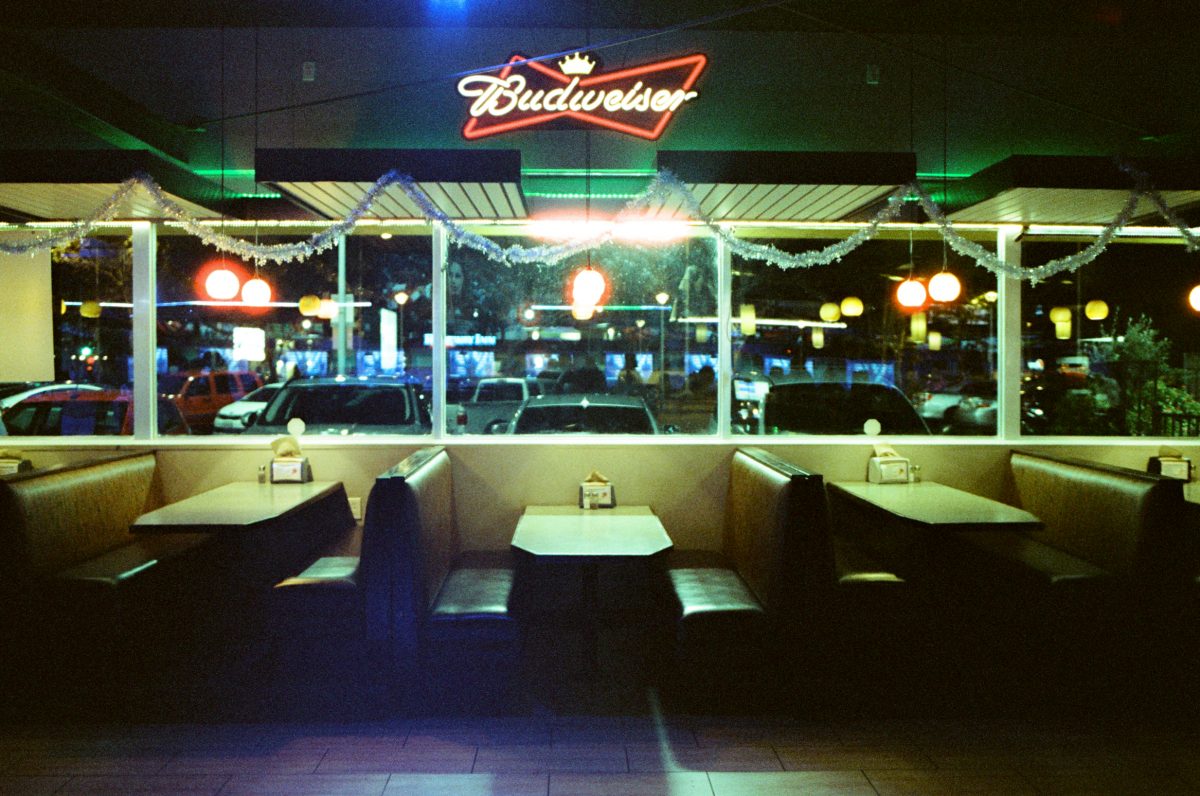
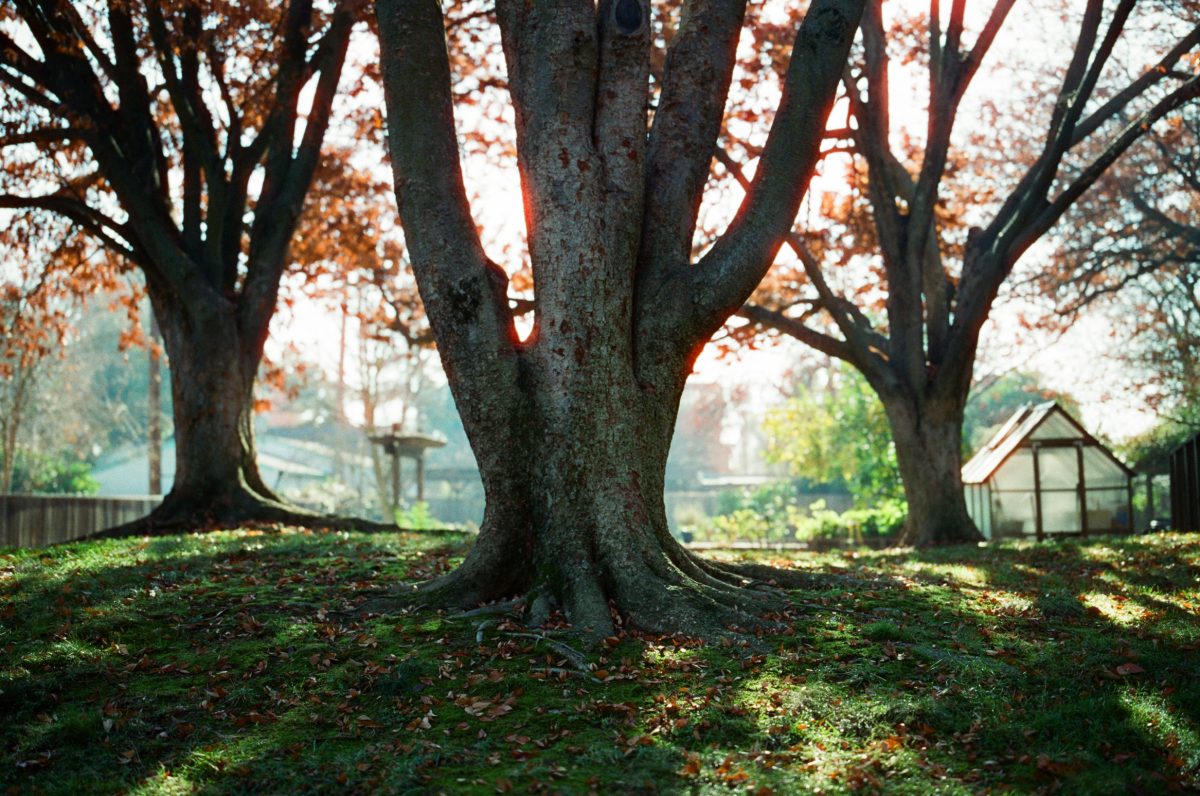
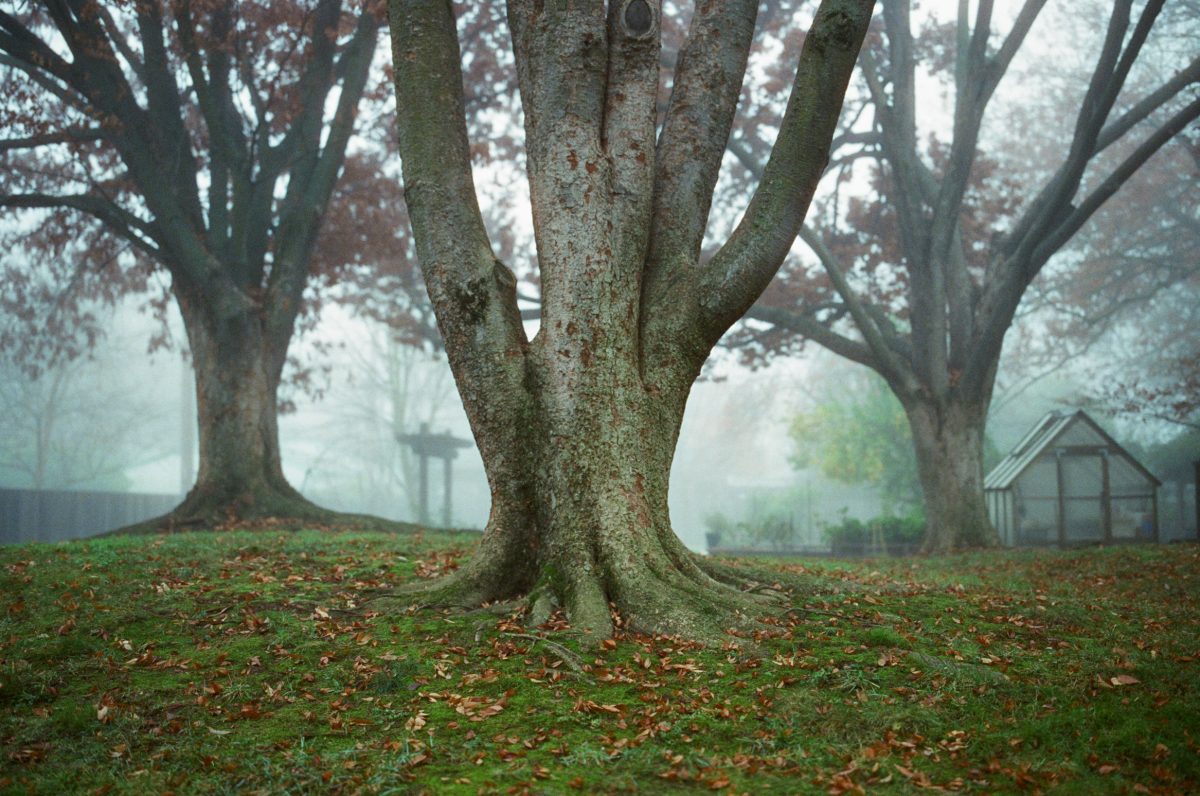
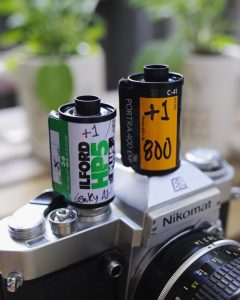
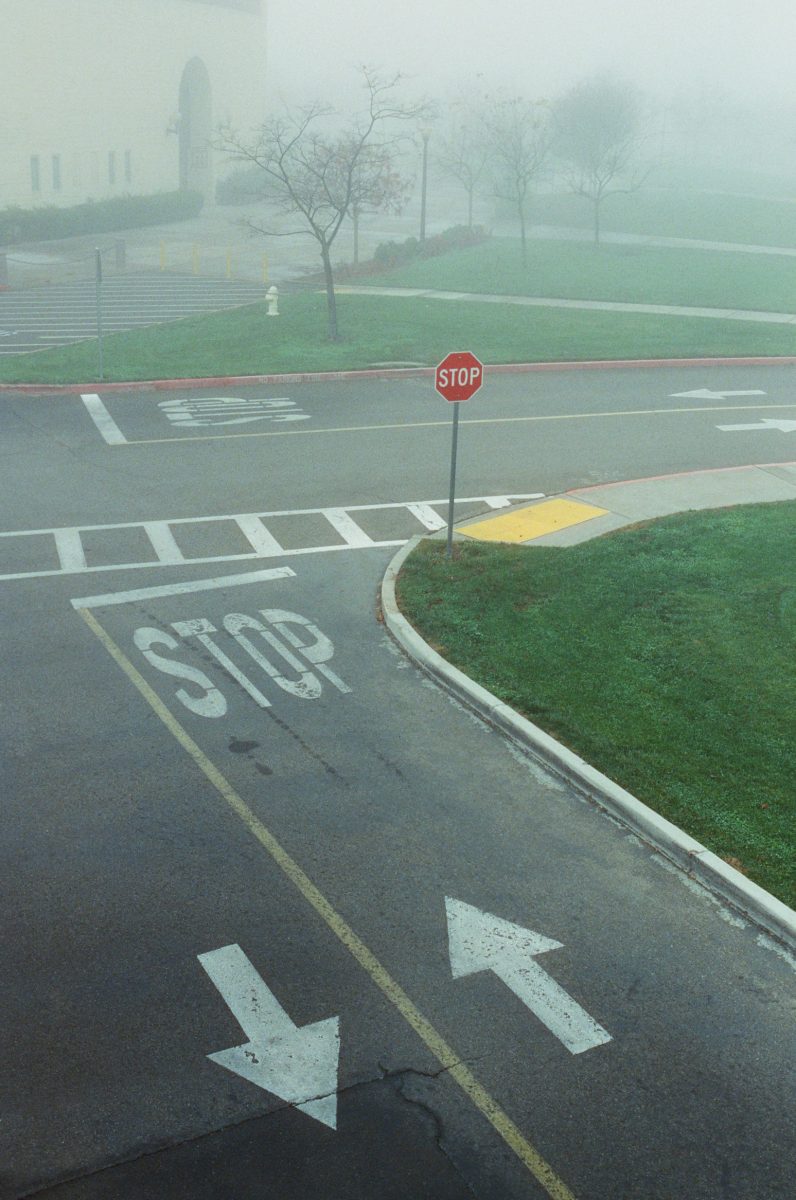
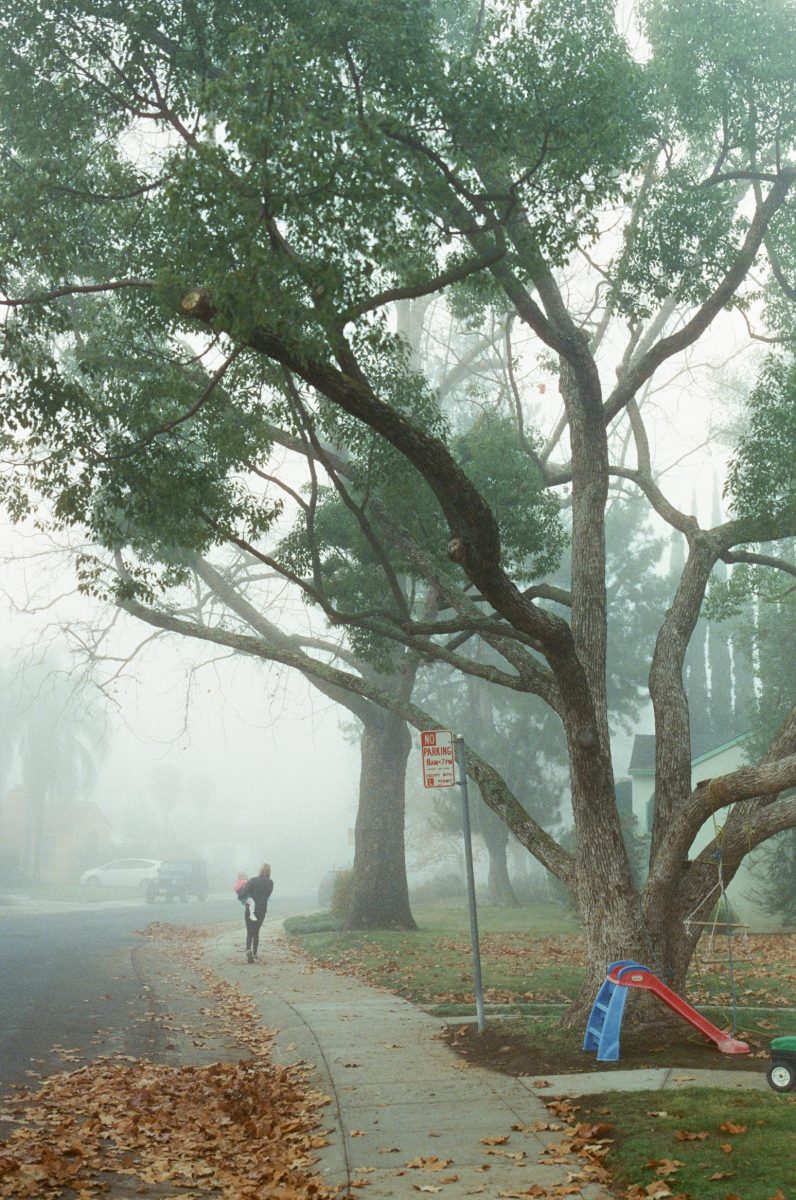
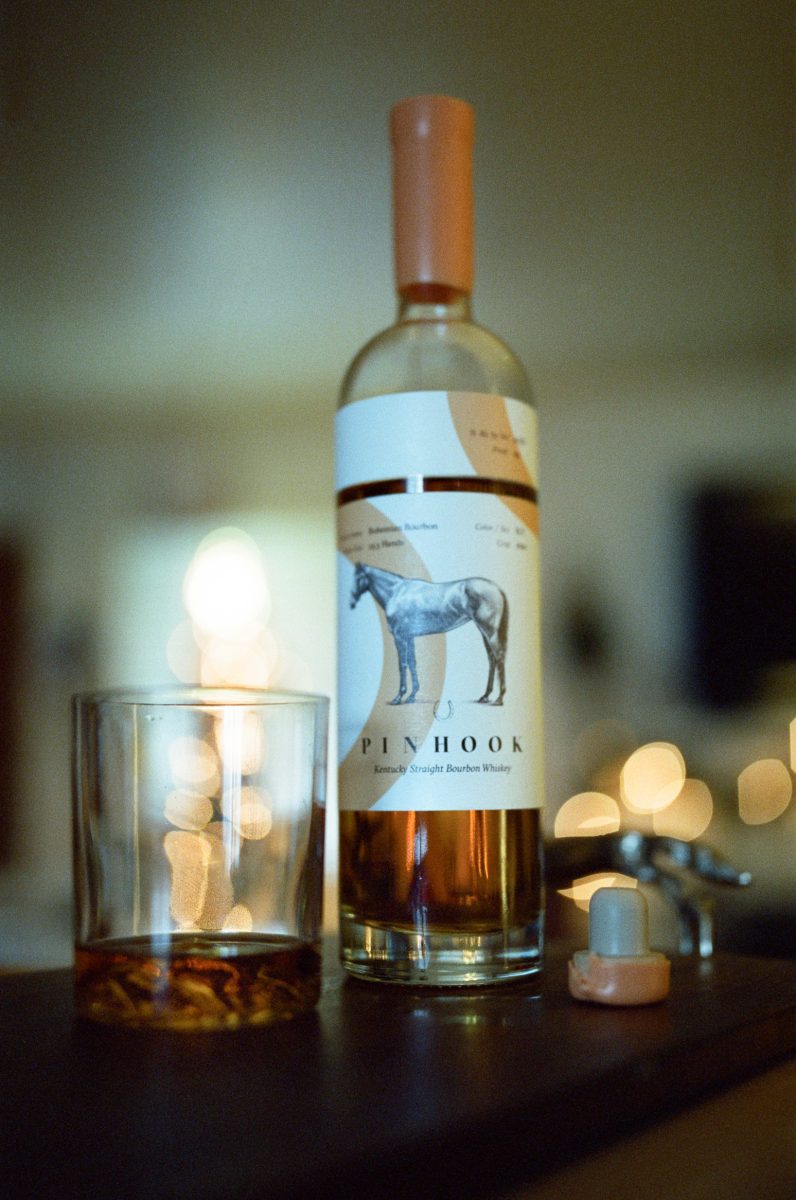
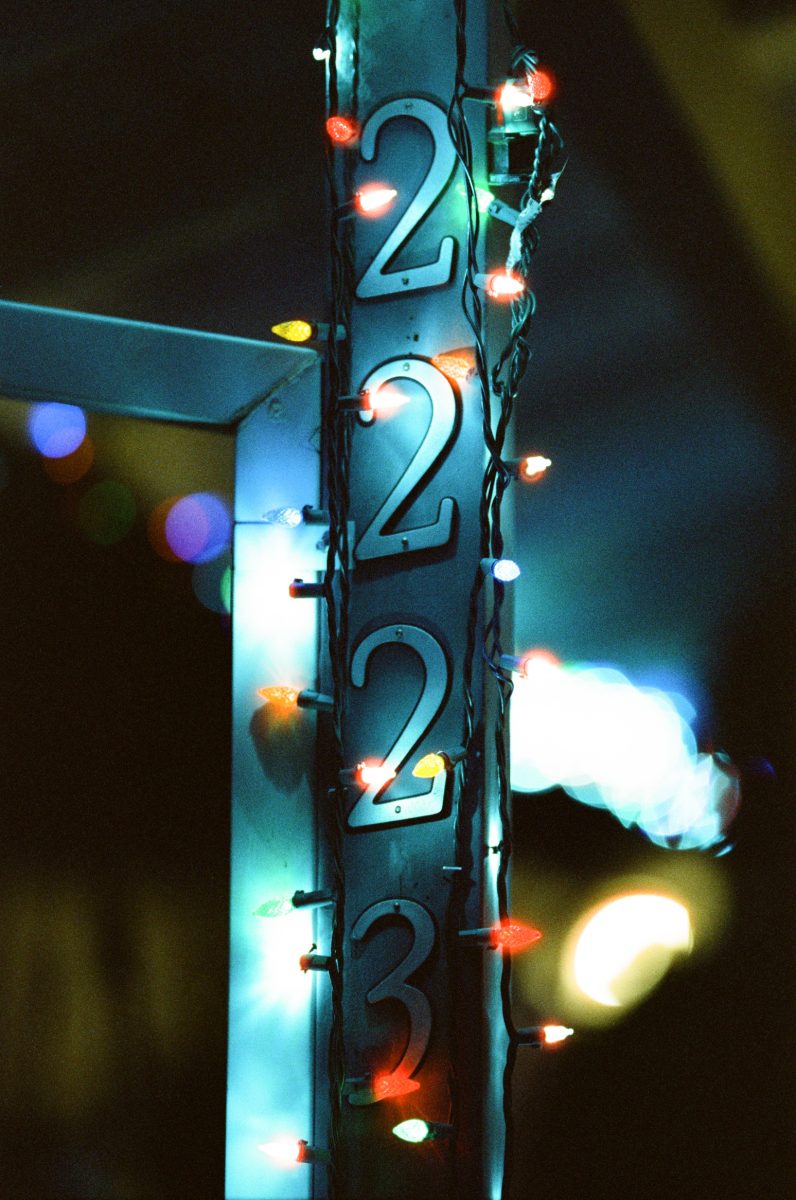
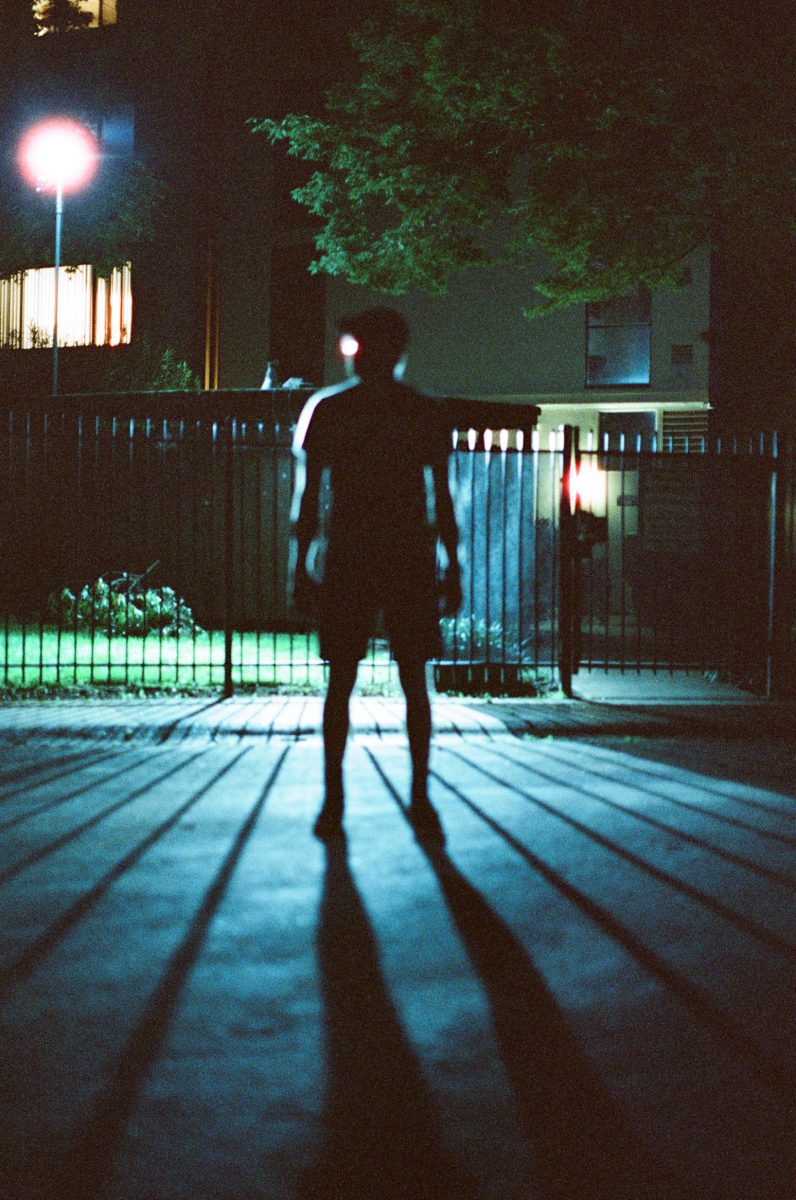

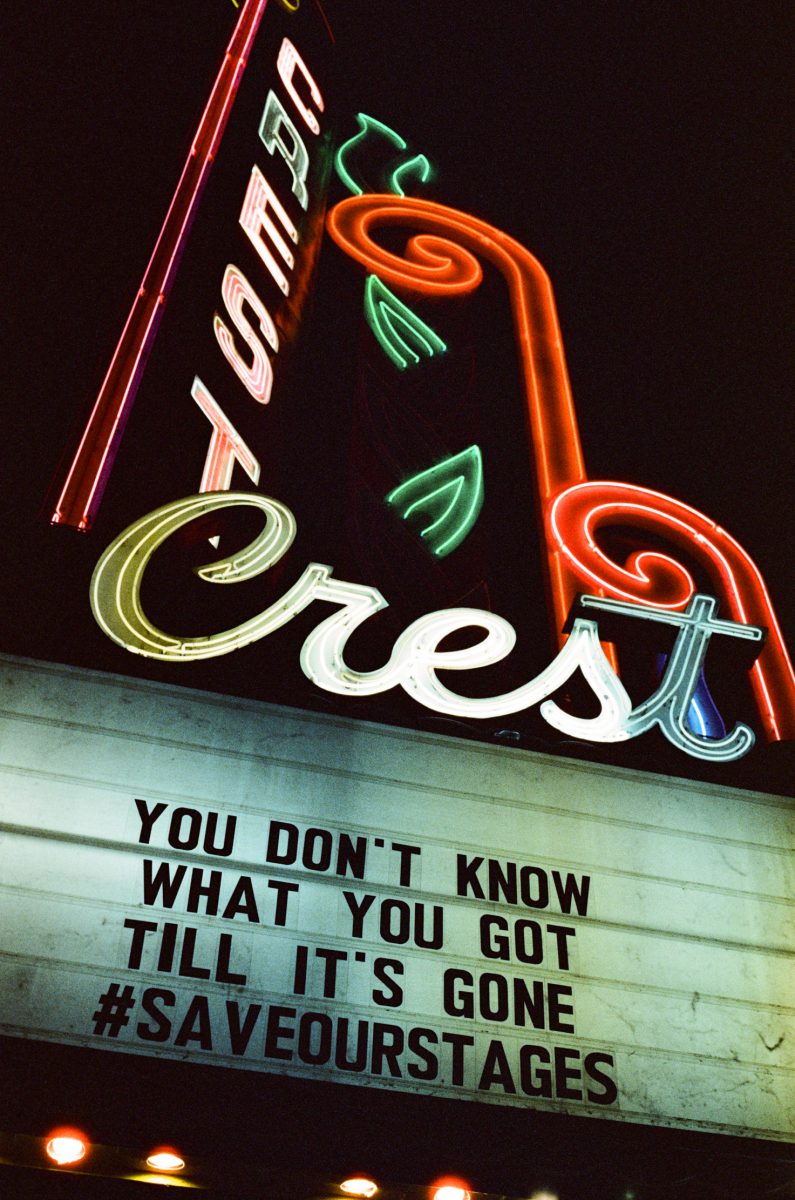

While Cinestill recommends an 85 filter and/or shooting the 800T at 500 ISO when shooting it in daylight, your daylight landscapes shot at box speed look beautiful to me! Do you think you could please do a Part 3 of this entry showing a comparison between daylight shots at 800 ISO vs 500 ISO?
Little confused about the pushed examples. Like the Christmas lights on the address numbers, it says “800T shot at 1000 iso pushed 1 stop in development”. Does that mean it was shot at 500iso, pushed +1 to 1000 iso or 1000iso push +1 (2000 iso)?
It means the camer was set to 1000 iso and then corrected in development (push-development) to compensate for the higher iso.
I believe it means it was developed at 1600iso (+1 push) but underexposed in-camera by rating at 1000 iso?
Sorry I meant *overexposed in camera at 1000 iso
Okay, that makes sense. Thanks.
No, Andre is right. Camera set to 1000, developed +1 from box speed. So developed at 1250.
So if I am shooting night street shots (mostly at neon signs) box speed 800, pushed to 1600 on the camera. What shutter speed and development should I be doing?
The pictures were very beautiful to look at. This is amazing photography
Exploring the world of CineStill film through this comparison has been enlightening. The discussion on halation and pushing the films three stops adds depth to understanding their capabilities.
Best Accounting Services in Louisville